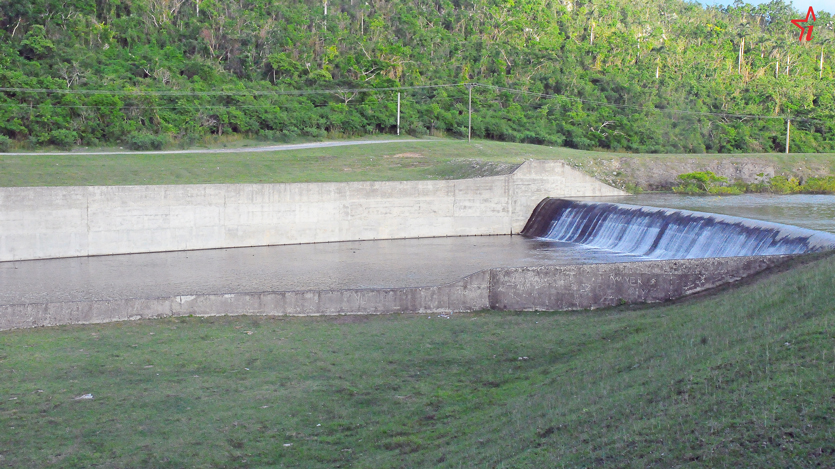
The rains of the last few days, associated with the thirteenth cold front of the 2022-2023 winter season and cloud flows preceding its path, do not lead us to believe that the impact of the drought has subsided appreciably for this reason.
The popular proverb of "the trees do not let you see the forest" comes in handy when the phenomenon in question refers to a cumulative process of months with a rainfall deficit, imperceptible in many cases, and impossible to overcome with a few downpours of low intensity.
In addition, although it is a relief to the meteorological and agricultural drought (the second covered the entire geography of Ciego de Ávila at the end of February with a high severity), the impact remains to be seen in the accumulated surface and groundwater.
In the quarter from December to February, 77.4 percent of the area of the province was included in the condition of severe or extreme meteorological drought, a state that worsens up to 89.1 percent of the territory when considering the period from September 2022 to February 2023, according to studies by the Provincial Meteorological Center (CMP) of Ciego de Ávila.
If until last month the province was under the influence of La Niña climatic phenomenon, which highlights the conditions of deficit rainfall in the dry period, since March the conditions of the neutral El Niño-Southern Oscillation (ENSO) have prevailed until the quarter July-September 2023, when a transition to an El Niño event (ENSO wet phase) is forecast, explained Oscar Antonio Benedico Rodríguez, director of the CMP in Ciego de Ávila.
"For the remainder of March and next April, accumulated rainfall is forecast to be below normal, and it is very likely that we will also have a rainy period from May to October with rainfall slightly below its historical average," Benedicto Rodriguez added.
The foregoing will cause the current events of meteorological and agricultural drought to continue intensifying; it could become extreme over a large part of the province during March and April, and a hydrological drought could continue to develop and intensify, the specialist commented.
That is why we are working on the adoption of measures to optimize consumption in those areas where the underground basins are in an unfavorable state, such as the constant checking of their levels, the lengthening of the irrigation cycles in crops that allow it, and the calculation of water productivity in the 10 fundamental or most consuming activities in the province.
